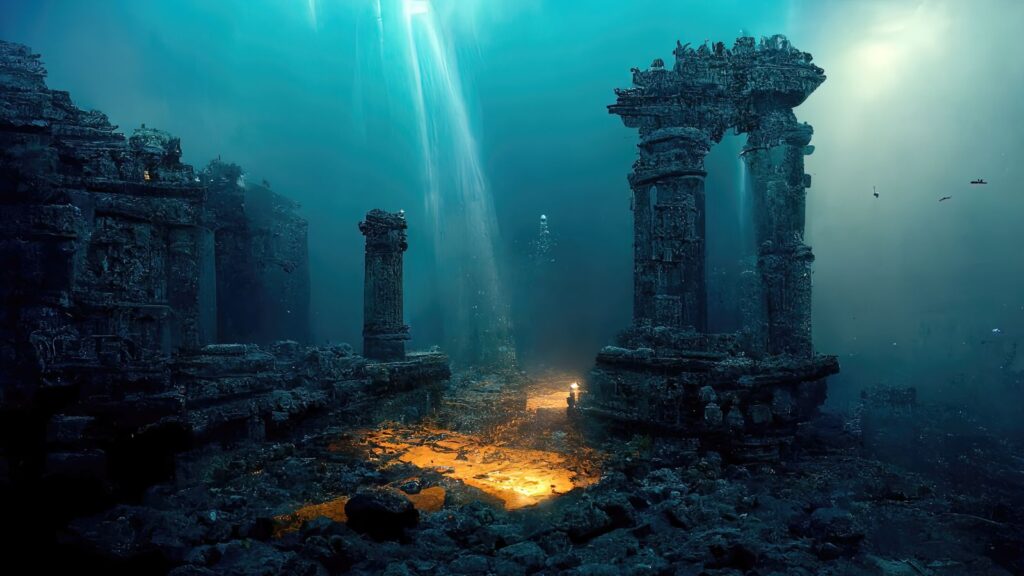History is full of unsolved puzzles and unanswered questions that keep historians, archaeologists, and enthusiasts awake at night guessing. In this list we explore 20 of the most intriguing historical mysteries that may never be fully understood—or solved at all.
Disappearance of the Roanoke Colony
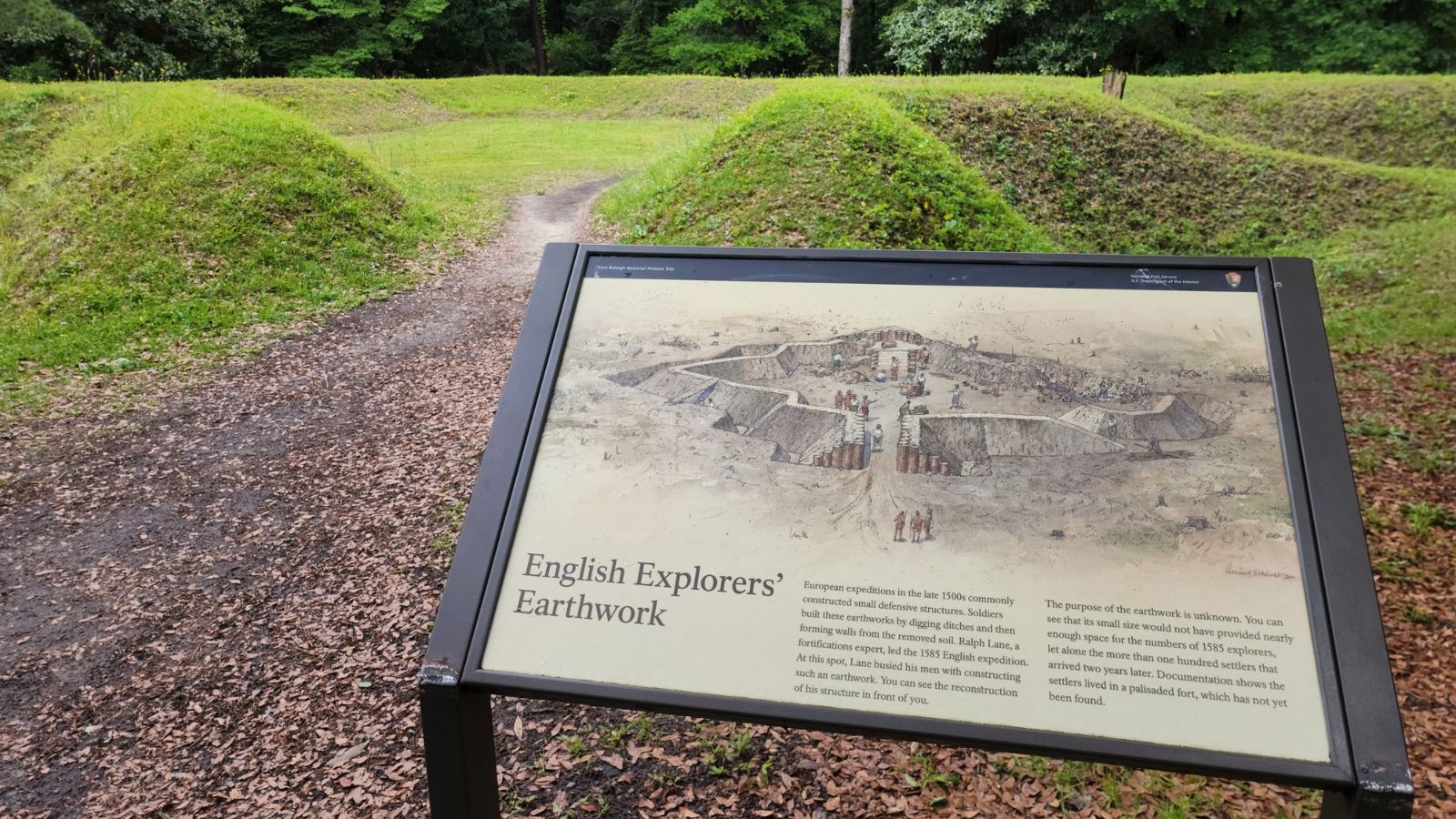
In 1587, a group of English settlers established the Roanoke Colony on Roanoke Island, off the coast of present-day North Carolina. According to Britannica, “The settlement would have been the first permanent English colony in the New World” —had they not disappeared. When their leader, John White, returned from a supply trip to England in 1590, he found the settlement deserted with no sign of struggle or remains.
Jack the Ripper’s Identity
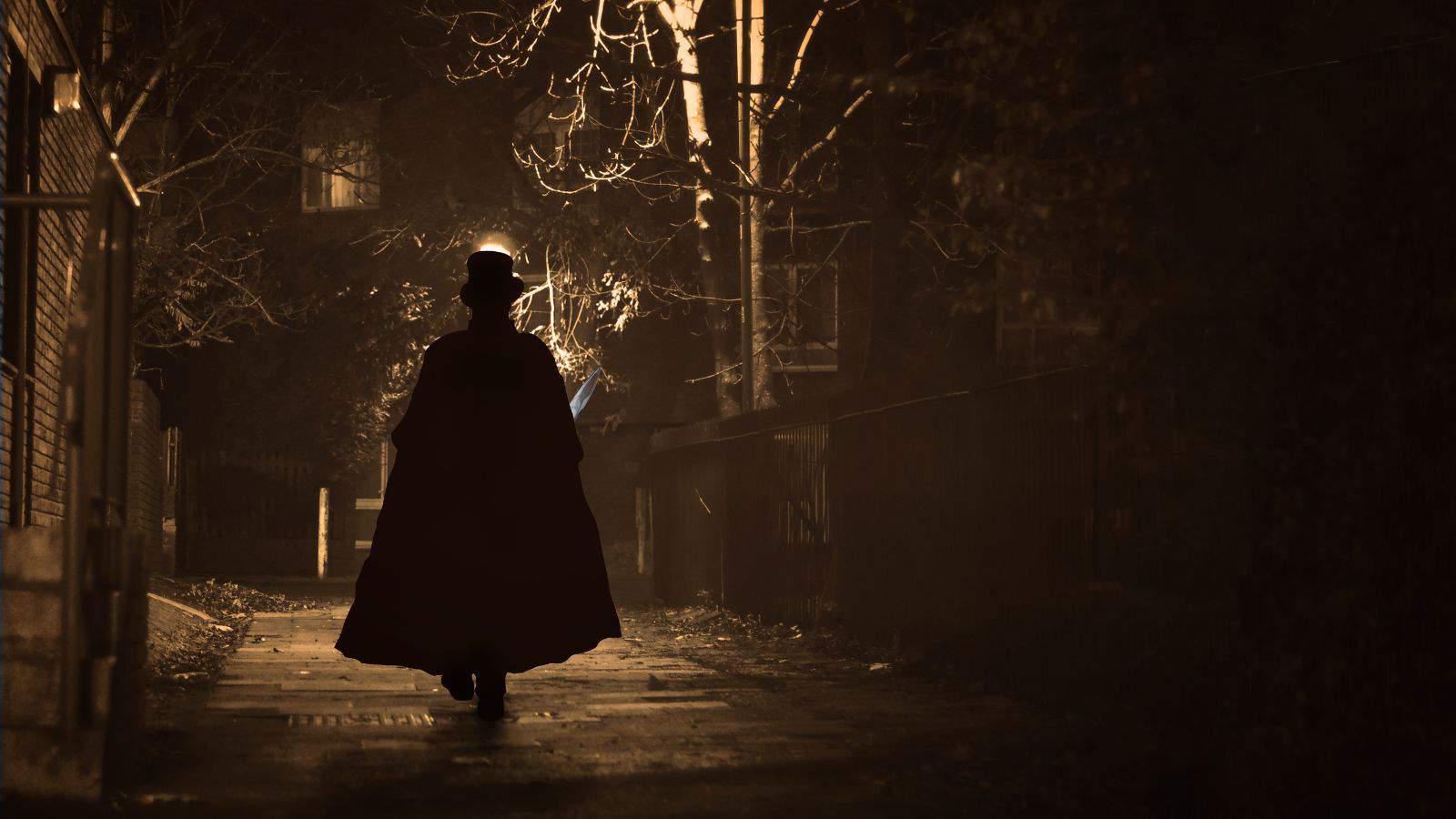
Jack the Ripper terrorised the Whitechapel district of London in 1888, committing a series of brutal murders, and despite extensive investigations, the true identity of the killer was never discovered. Theories about Jack’s identity have included everyone from local butchers to members of the British royal family.
The Lost City of Atlantis
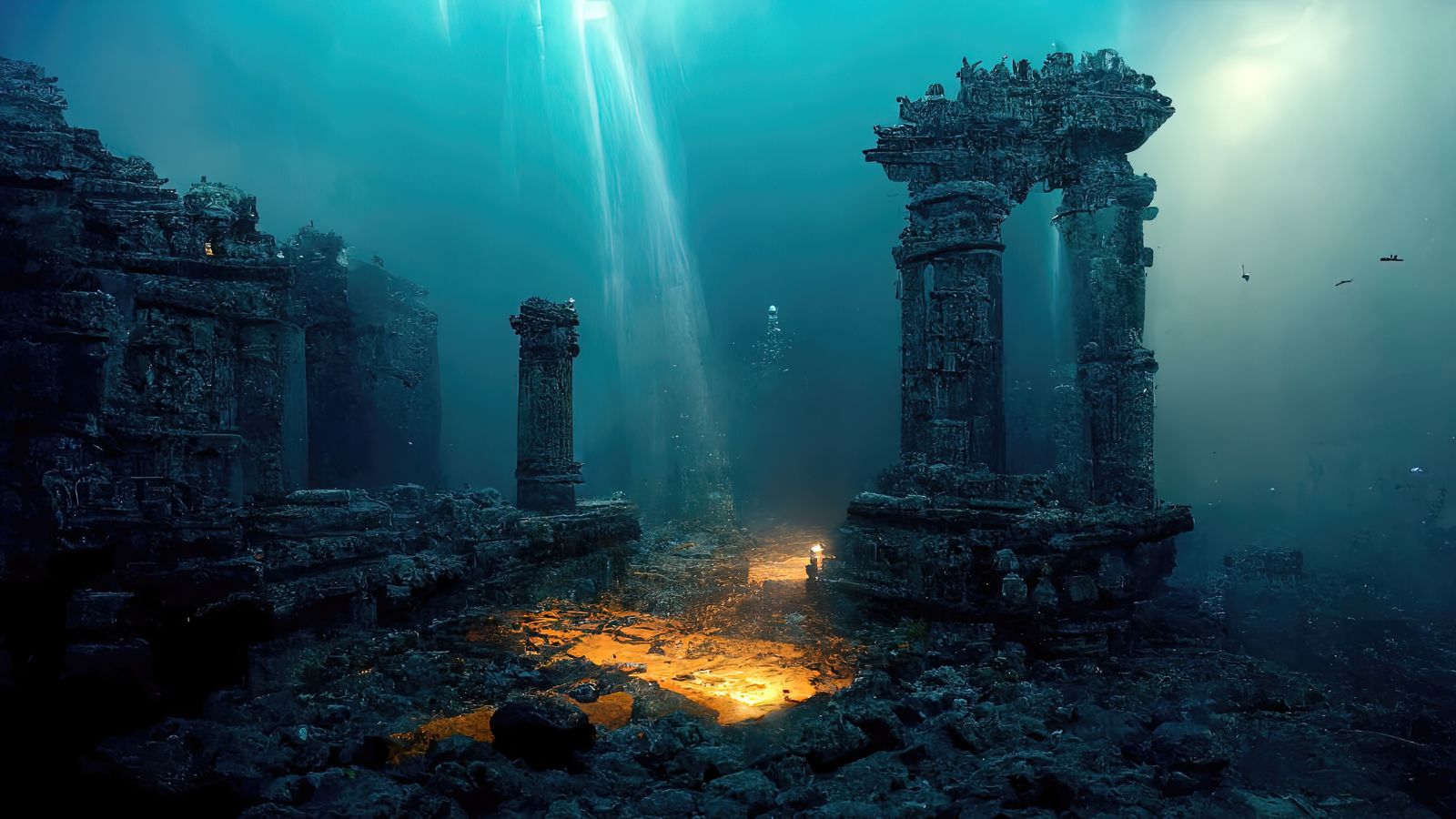
The story of Atlantis, a powerful and advanced civilization that supposedly sank into the ocean, comes from the writings of the ancient Greek philosopher Plato. While some believe Atlantis was a real place, possibly inspired by a historical event like the volcanic destruction of Thera (Santorini), others think it was purely a myth.
The Voynich Manuscript

Filled with text in an unknown script and drawings of strange plants, astronomical charts, and mysterious figures, the Voynich Manuscript is an illustrated codex dating back to the 15th century. Despite extensive study, no one has been able to decode the script or understand the purpose of the manuscript.
Fate of the Ark of the Covenant

The Ark of the Covenant, described in the Bible as a gold-covered wooden chest containing the tablets of the Ten Commandments, is said to have vanished when the Babylonians conquered Jerusalem in 586 BCE. Its fate has been a matter of speculation ever since, with theories suggesting it was hidden, taken to Ethiopia, or destroyed.
Mystery of Stonehenge
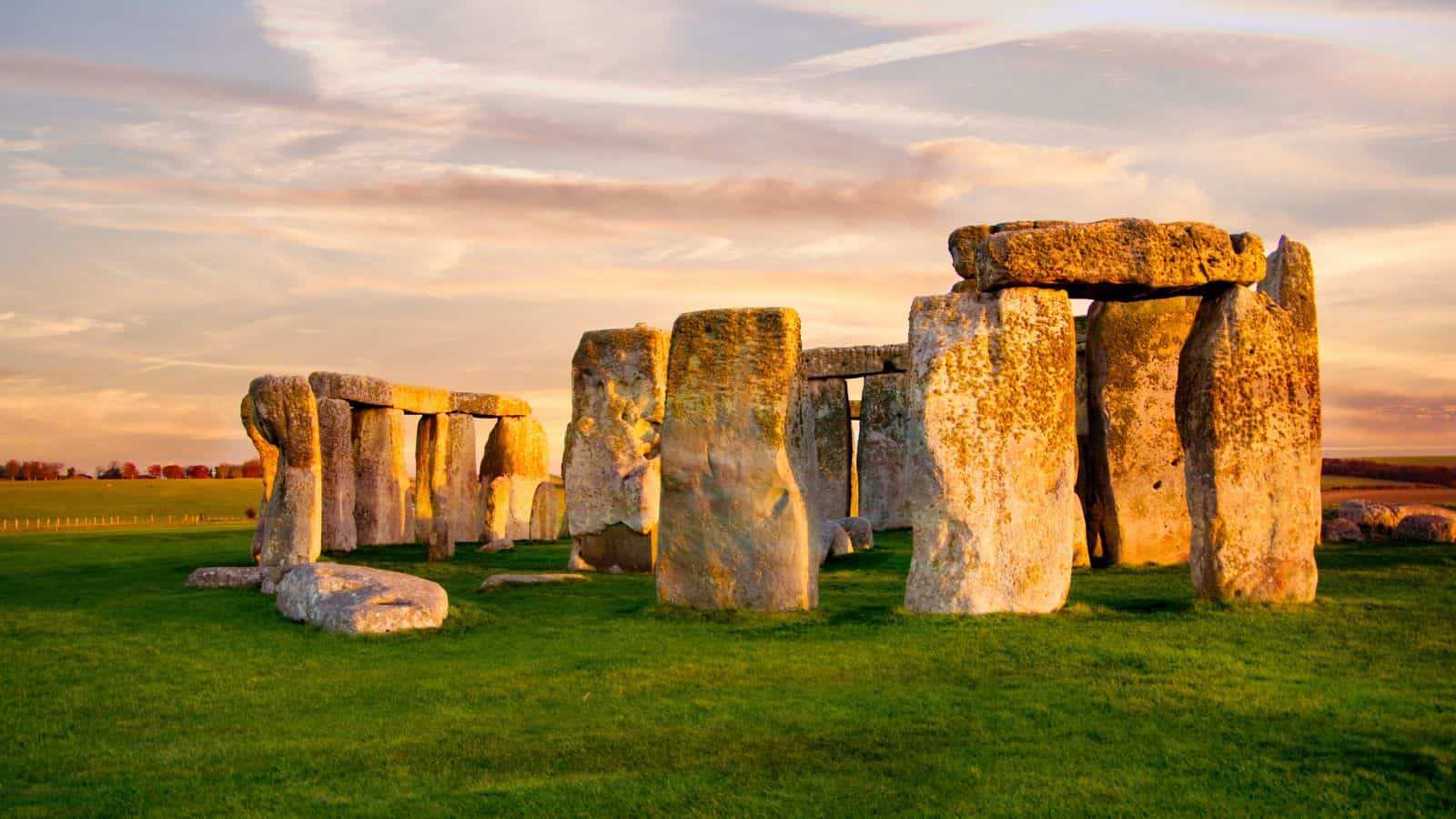
Stonehenge, the prehistoric monument in Wiltshire, England, has puzzled archaeologists for centuries. Composed of massive stone slabs arranged in a circular layout, the purpose and construction methods of Stonehenge are still debated. Theories range from it being an ancient burial ground to an astronomical observatory or a site for religious rituals.
Amelia Earhart’s Disappearance

Aviation pioneer Amelia Earhart vanished in 1937 during an attempt to circumnavigate the globe; she and her navigator, Fred Noonan, disappeared over the Pacific Ocean, and despite extensive searches, no trace of their plane was ever found. Earhart’s disappearance remains one of the most enduring aviation mysteries.
The Mystery of the Antikythera Mechanism
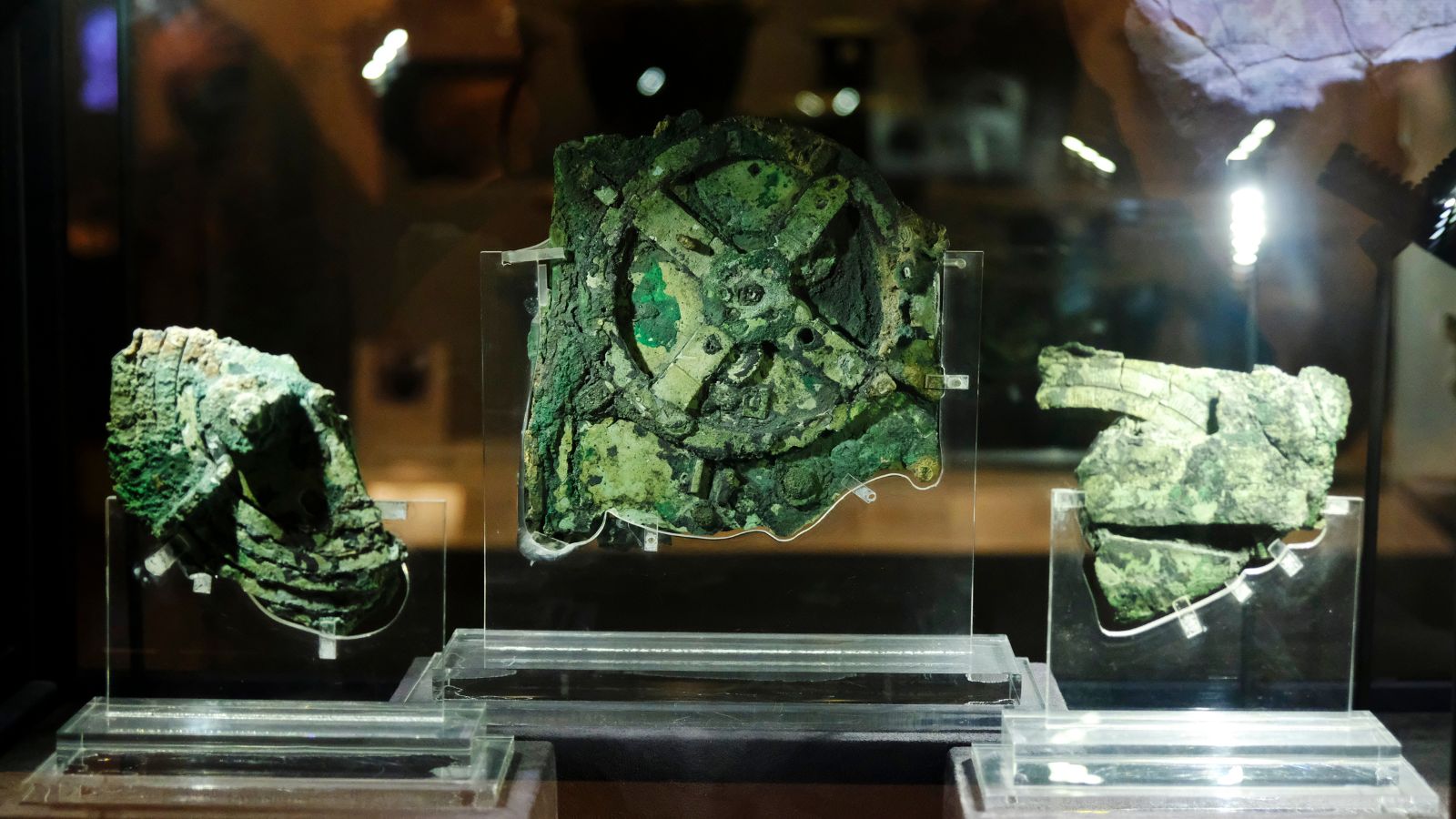
Discovered in 1901 off the coast of the Greek island Antikythera, the Antikythera Mechanism is an ancient Greek analog computer used to predict astronomical positions and eclipses. Dating back to around 100 BCE, its complexity suggests advanced technological knowledge that was previously unknown for that period. Despite extensive study, how the ancient Greeks developed such sophisticated technology remains a mystery.
Death of Cleopatra
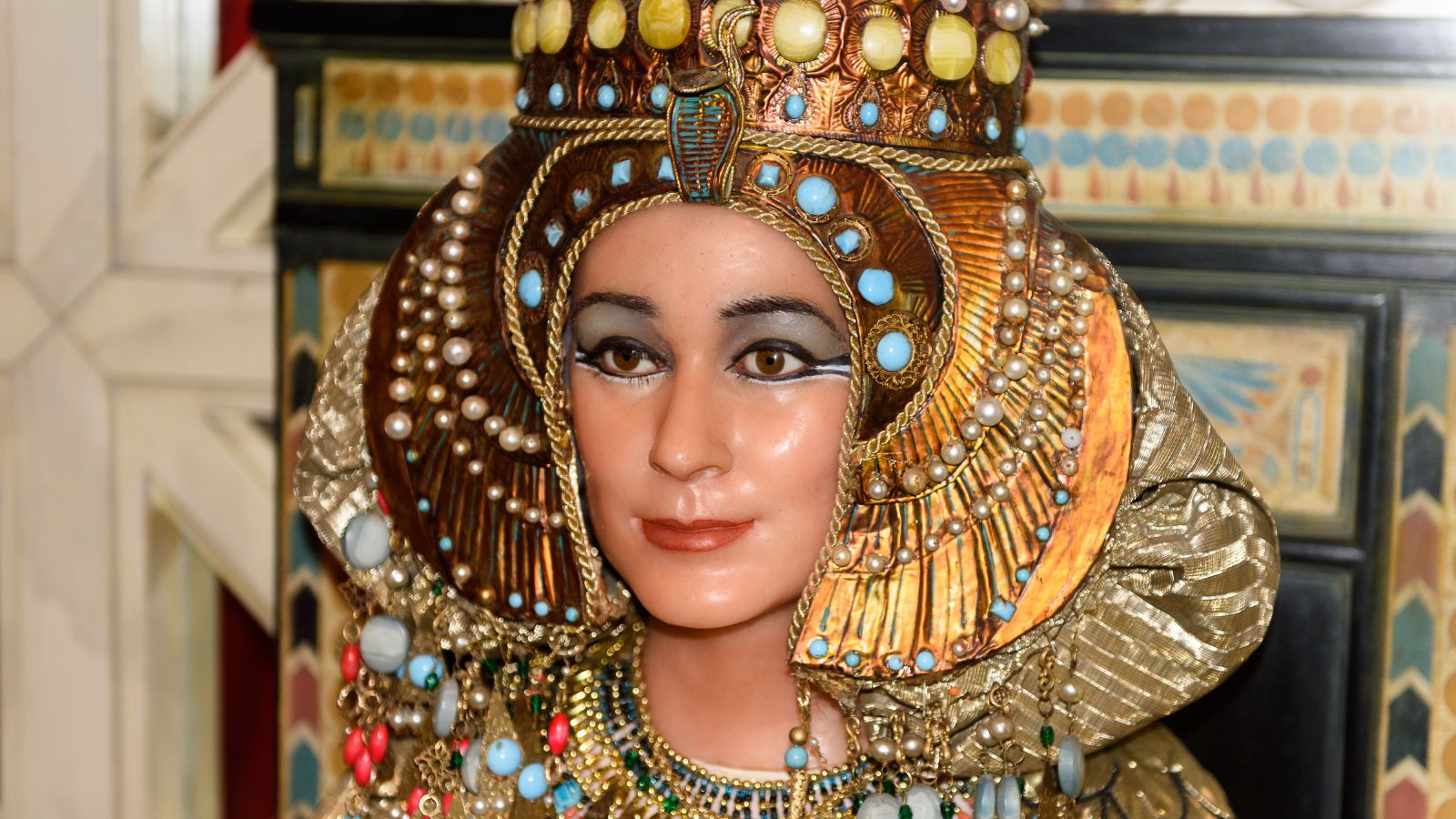
Cleopatra VII, the last Pharaoh of Egypt, is said to have committed suicide in 30 BCE, traditionally believed to be by allowing an asp (Egyptian cobra) to bite her. However, there are theories suggesting she might have been murdered or used a different method to end her life—but there’s no conclusive evidence.
The Dancing Plague of 1518

In July 1518, residents of Strasbourg (then part of the Holy Roman Empire) experienced a bizarre phenomenon known as the Dancing Plague, where people danced uncontrollably for days on end. The cause of the epidemic, which lasted for about a month and resulted in several deaths, is still unknown.
Identity of the Man in the Iron Mask

The Man in the Iron Mask was a mysterious prisoner held in various jails in France, including the Bastille, during the late 17th century, and his identity was concealed with a mask. Speculation about who he was has persisted for centuries; some theories suggest he was the older brother of King Louis XIV, while others propose he was a disgraced nobleman or a political prisoner.
Construction of the Pyramids
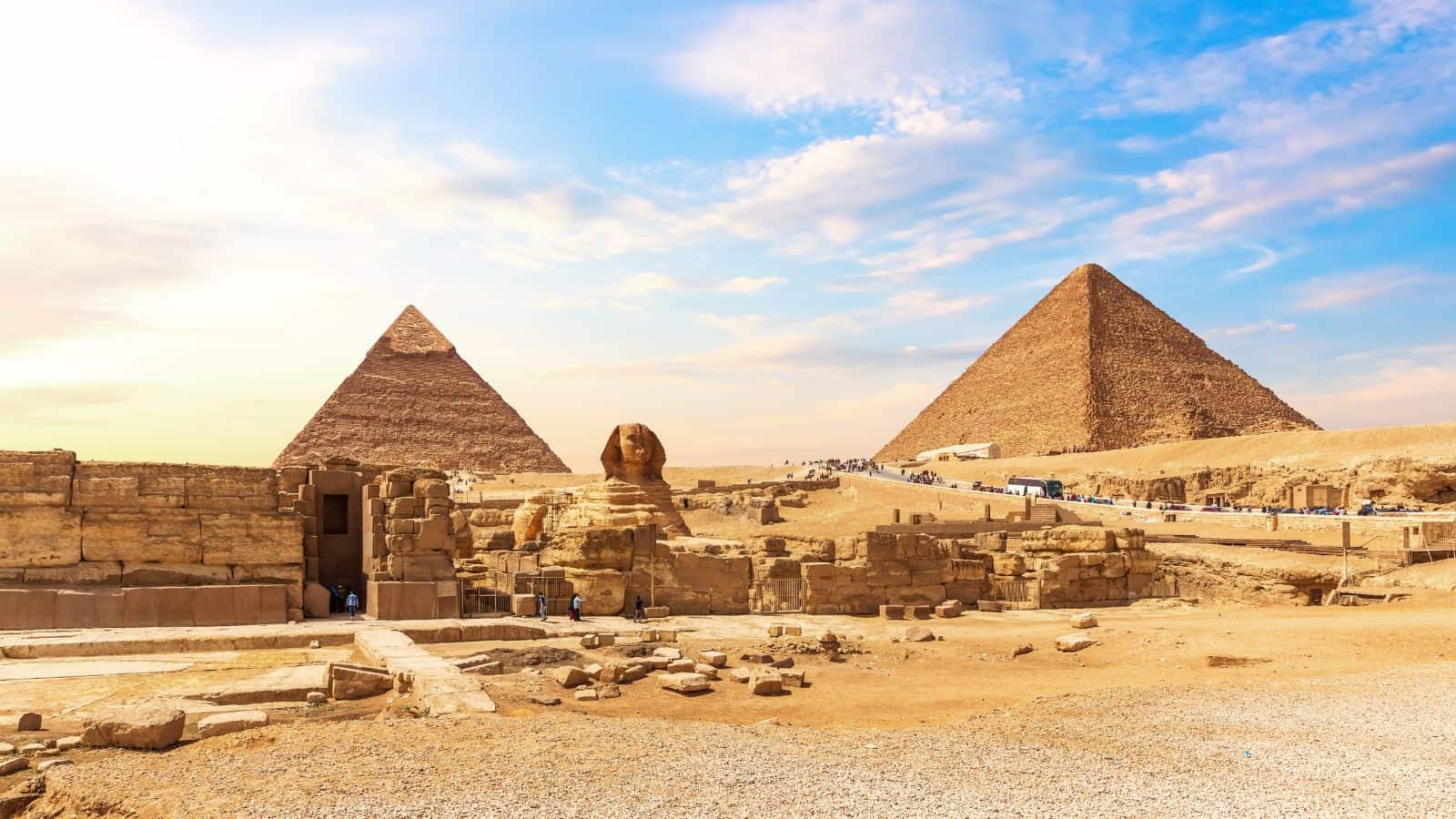
The construction of the Egyptian pyramids, particularly the Great Pyramid of Giza, has been a subject of fascination and debate. How the ancient Egyptians managed to move massive stone blocks and assemble such precise structures with their available technology is still not fully understood.
Curse of the Pharaohs
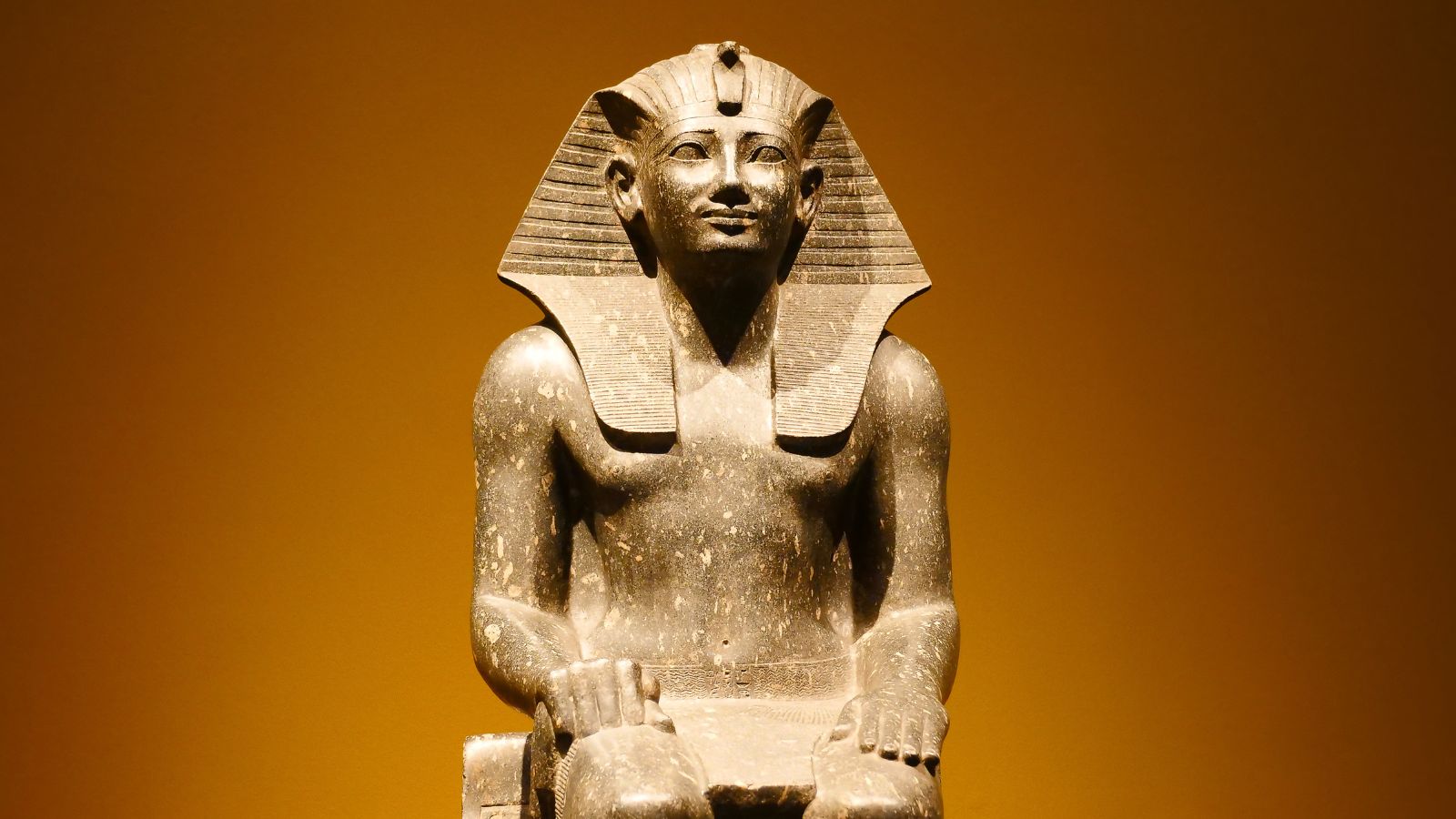
The idea of a curse associated with the tombs of the Egyptian pharaohs, especially that of Tutankhamun, has been popularised by stories of mysterious deaths and bad luck following those who entered the tombs. While scientists attribute these incidents to coincidence or exposure to ancient pathogens, the legend of the Pharaohs’ curse continues to intrigue—and frighten.
The Nazca Lines
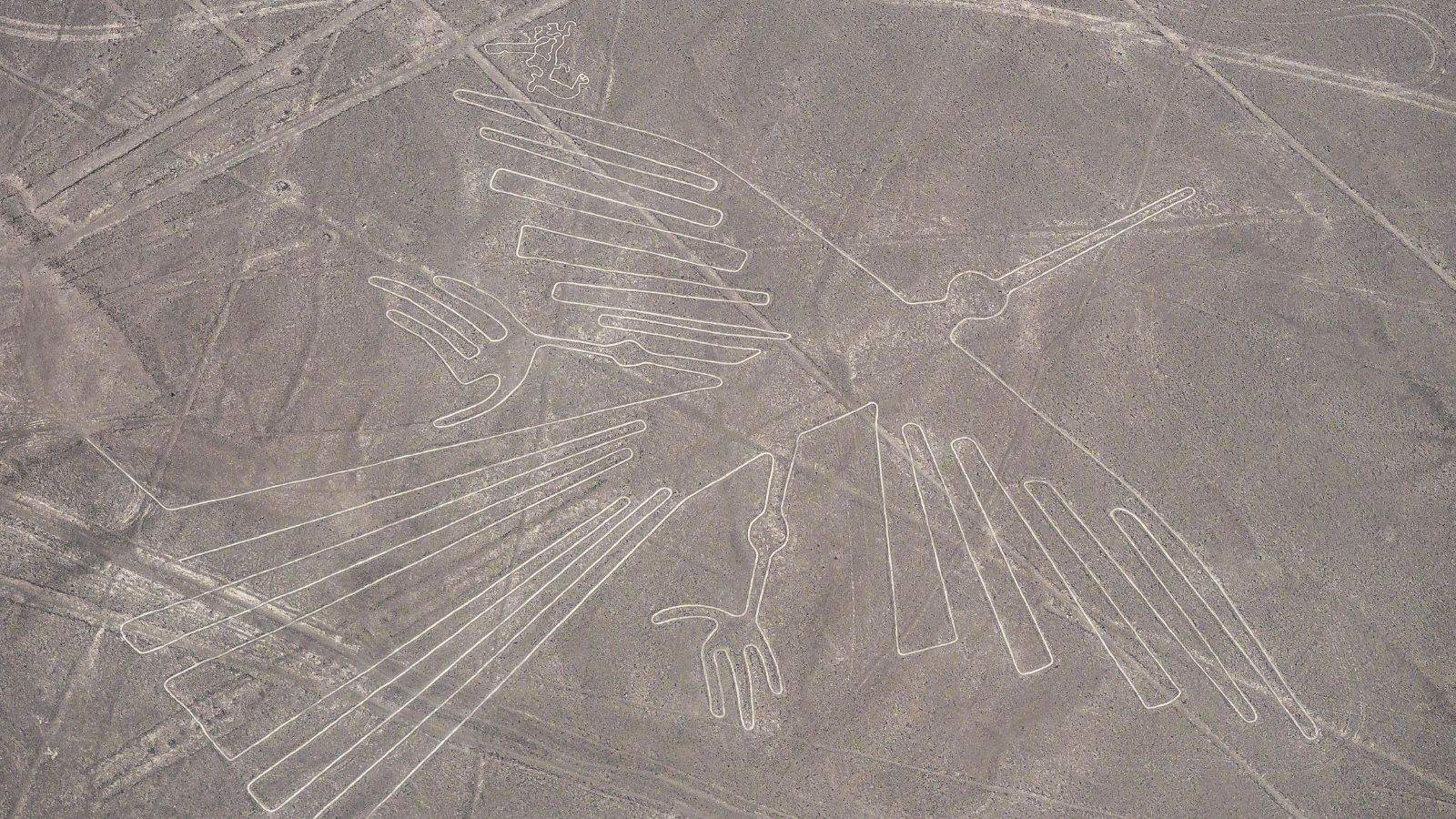
In southern Peru, the series of large geoglyphs known as the Nazca Lines, created by the Nazca culture between 500 BCE and 500 CE, depict various animals, plants, and geometric shapes best viewed from the air. Their purpose remains unclear, though some believe astronomical calendars or religious rituals.
The Tunguska Event
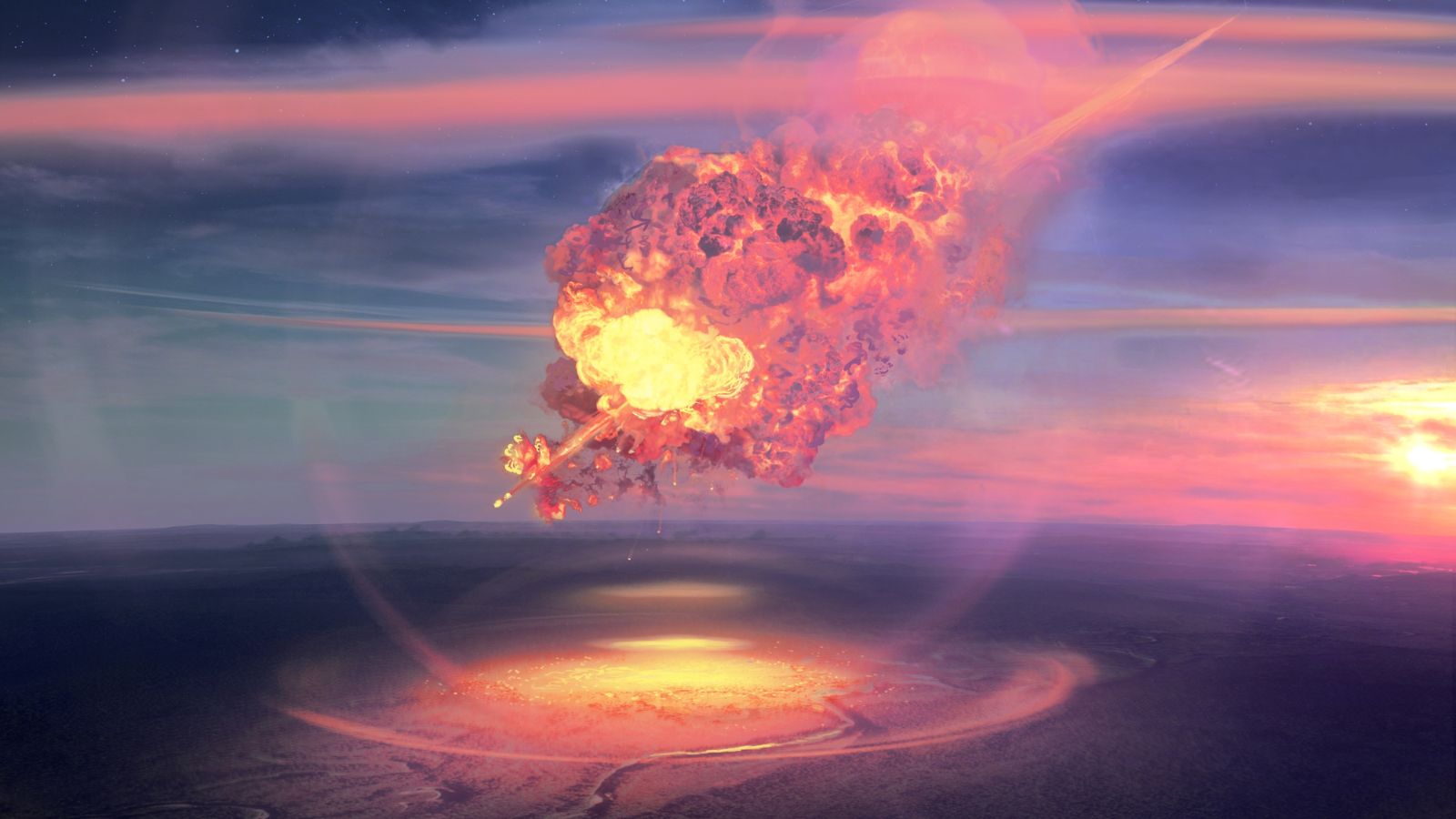
In 1908, a massive explosion occurred near the Tunguska River in Siberia, flattening an estimated 80 million trees over 2,000 square kilometres. The cause of the explosion, believed to be a meteoroid or comet fragment, left no impact crater and remains debated. Despite scientific consensus leaning towards an airburst event, the lack of definitive evidence keeps the Tunguska Event shrouded in mystery.
Mystery of Oak Island

Located off the coast of Nova Scotia, Canada, Oak Island has been the site of treasure hunts since the late 18th century, and ideas about what lies beneath the island range include pirate treasure or even the Holy Grail. Numerous excavations have uncovered tantalising clues but no definitive treasure.
The Babushka Lady

Our last historical mystery is that of the Babushka Lady: during the assassination of President John F. Kennedy in 1963, a woman wearing a headscarf, dubbed the “Babushka Lady,” was seen filming the event. Despite appearing in several photographs and being present at the scene, her identity and the footage she captured have never been discovered.

